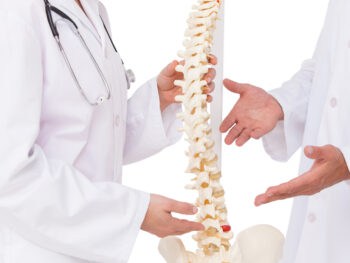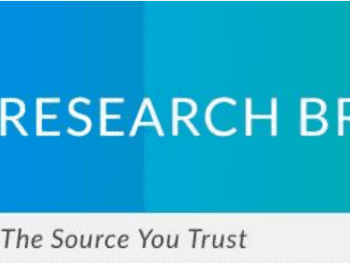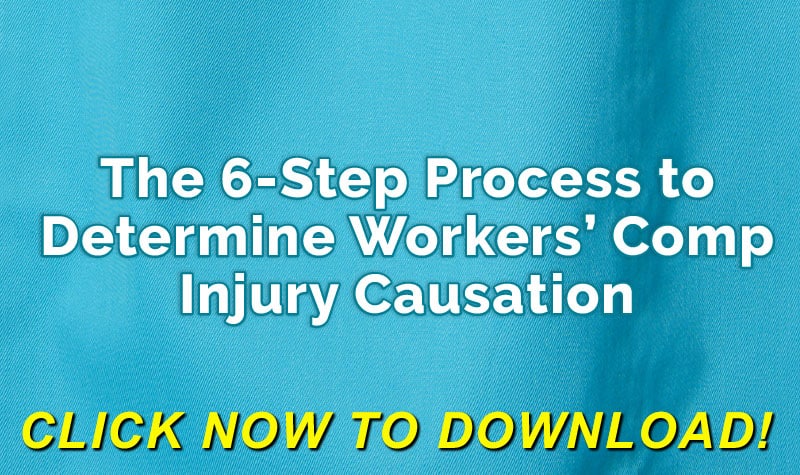
There are various tools to help manage medical costs; medical bill review, utilization review, provider networks, nurse case management, nurse triage, Medicare Set-asides, and so on. While many of these tools can be effective, they might cost you more than they save. You need to look at your return on investment and ensure the medical management services you use are truly helping your organization save money on medical.
- The Doctors: Costs vs. Outcomes
Low-cost medical networks were all the rage in the workers’ comp system for a while. But in recent years, there’s been more and more evidence to show that going cheap on medical providers may come back to bite you.
The latest indication comes from a study in which a 63-year-old woman with low back pain was sent for MRIs at 10 facilities in the New York area to see what, if any, differences there would be. Sure enough, not a single diagnostic finding out of 49 distinct findings reported was identified by all 10. The woman’s actual diagnosis was stenosis; she was given physical therapy and education and is said to be doing just fine. But had one of the 10 interpretations of her MRI been used, she might have been sent for unnecessary surgery and/or drugs — big expenses with a poor outcome.
Click Link to Access Free PDF Download
“The 6-Step Process To Determine Workers’ Comp Injury Causation”
The adage ‘you get what you pay for’ is as true of medical providers as it is for anything. Try to partner with area providers that A: understand the world of workers’ comp — and if there are none, start educating area physicians; and B: have low litigation rates and high return-to-work outcomes.
Likewise, for other medical providers, such as physical therapists. Look at the number of treatments, average cost, and outcomes.
Once you’ve identified the best providers, partner with them and direct injured workers to them where possible. In states where the employer cannot direct care, you can still provide information that lets the injured worker know who the top providers are.
- Pharmacy Benefit Managers
Pharmacy benefit managers with good track records can be invaluable to a workers’ comp program. But again, you need to make sure you’re getting one that adds value to your company.
Where PBMs initially added value through lower prices, many have implemented clinical management programs to lower costs further and improve outcomes. It’s important to look at a PBM’s overall program to make sure you’re getting the best for your money.
Consider such things as pharmacy charges vs. pharmacy costs; the percentage reductions below the state’s fee schedule; the PBM penetration rate; cost per script; the percentage of medications dispensed by pharmacies vs. physicians; and the first fill rate.
- Involvement of Nurses
Nurses can be brought in to help with a claim — nurse case managers; or they can be the initial source to help determine medical treatment — nurse triage.
NCMs are the point person for the injured worker and medical providers. Those who do it in-office are telephonic case managers, whereas those who go out of the office are field case managers. Evaluating the effectiveness of NCMs is easiest with a large database, to compare things like the cost of claims and number of lost workdays with and without a NCM. Your insurer and/or third-party administrator may be able to help.
To find the value of nurse case triage, you can look at the number of calls divided by the number of claims actually reported for workers’ comp, to get the number of claims avoided by percentage. It’s also important to look at the training and experience of the nurses involved. One thing to be aware of is how invested the triage nurse is involved in the claim. Triaging is at the initial stage of the claim, not manage the claim — which is the job of the NCM, if there is one.
- Bill Review
Medical Bill Review fees can be hidden and pricey, so it’s important to look for transparency from the claims administrator. There are many claim service providers now that have modified their BR fee structures so the costs are more obvious. Ideally you want a lower administrative cost for BR, combined with maximized savings.
You can find the net savings of your BR service by taking the gross savings (total charges minus total paid) and subtracting the BR service fees. Additional things you can measure to ensure you’re getting value are the percentage of net savings, the turnaround time, and the denied bill rate.
Conclusion
Price alone should not be the deciding factor for medical management tools; a holistic view of your services is best. However, you also want to ensure you aren’t shelling out more money than you are saving. Whether you are evaluating your current tools or looking for new ones, just ensure they lead to improved outcomes and lower costs to get the best from your investment.

Contact: mstack@reduceyourworkerscomp.com.
Workers’ Comp Roundup Blog: http://blog.reduceyourworkerscomp.com/
©2023 Amaxx LLC. All rights reserved under International Copyright Law.
Do not use this information without independent verification. All state laws vary. You should consult with your insurance broker, attorney, or qualified professional.














 3 Steps to Discover the Root Cause of Work Injury
3 Steps to Discover the Root Cause of Work Injury
